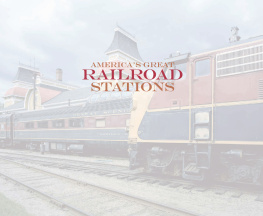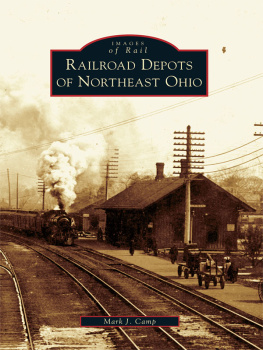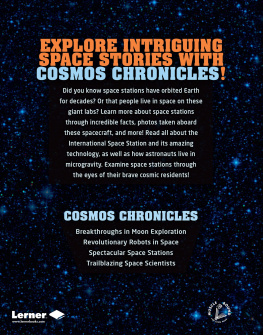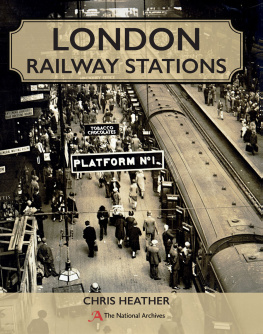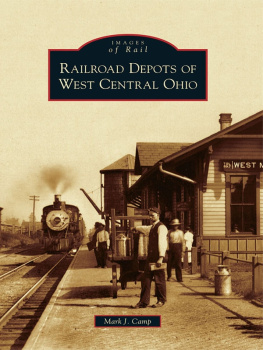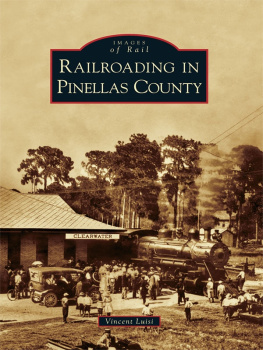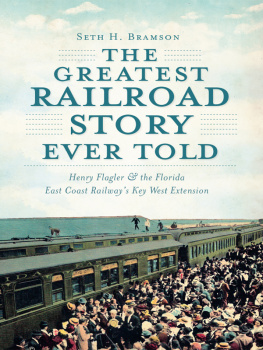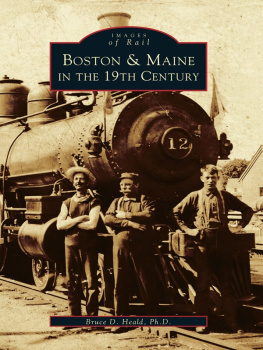
AMERICA'S GREAT
RAILROAD
STATIONS

ROGER STRAUS III
TEXT BY ED BRESLIN AND HUGH VAN DUSEN
VIKING STUDIO
VIKING STUDIO
Published by the Penguin Group
Penguin Group (USA) Inc., 375 Hudson Street, New York, New York 10014, U.S.A.
Penguin Group (Canada), 90 Eglinton Avenue East, Suite 700, Toronto, Ontario, Canada M4P 2Y3 (a division of Pearson Penguin Canada Inc.)
Penguin Books Ltd, 80 Strand, London WC2R 0RL, England
Penguin Ireland, 25 St. Stephens Green, Dublin 2, Ireland (a division of Penguin Books Ltd)
Penguin Books Australia Ltd, 250 Camberwell Road, Camberwell, Victoria 3124, Australia(a division of Pearson Australia Group Pty Ltd)
Penguin Books India Pvt Ltd, 11 Community Centre, Panchsheel Park, New Delhi 110 017, India
Penguin Group (NZ), 67 Apollo Drive, Rosedale, Auckland 0632, New Zealand (a division of Pearson New Zealand Ltd)
Penguin Books (South Africa) (Pty) Ltd, 24 Sturdee Avenue, Rosebank, Johannesburg 2196, South Africa
Penguin Books Ltd, Registered Offices: 80 Strand, London WC2R 0RL, England
First published in 2011 by Viking Studio,
a member of Penguin Group (USA) Inc.
1 3 5 7 9 10 8 6 4 2
Text copyright Ed Breslin and Hugh Van Dusen, 2011
Photographs copyright Roger Straus III, 2011
All rights reserved
Grateful acknowledgment is made for permission to reprint an excerpt from Little Gidding from Four Quartets by T. S. Eliot. Copyright 1942 by T. S. Eliot and renewed 1970 by Esme Valerie Eliot. Reprinted by permission of Houghton Mifflin Harcourt Publishing Company.
Illustration credits appear on page 231.
LIBRARY OF CONGRESS CATALOGING-IN-PUBLICATION DATA
Straus, Roger, III.
Americas great railroad stations / Roger Straus III; text by Ed Breslin and Hugh Van Dusen.
p. cm.
Summary: An evocative and stunning photographic tribute to Americas railroad stations. For much of the nineteenth and early twentieth centuries, the railroad station or depot was the communal hub of every American town that could boast of train service. There, citizens gathered before they sent loved ones off to college, marriage, or war-and where they greeted them on their return. Most of these buildings were architectural gems, and while many are still in service, certain others now house museums, banks, restaurants, and more. In fact, in cities like Washington, D.C., and Philadelphia, renovated stations are destinations unto themselves even for those not boarding the train. And in other places, whole sections of towns have been remade around these structures, restoring their vitality in novel and interesting ways long after the last train has left the station. In Americas Great Railroad Stations, award-winning photographer Roger Straus III, and two lifelong railroad buffs, Ed Breslin and Hugh Van Dusen, join forces to tell the astonishing story of these enduring structures and the important role they still play in the countrys landscape. Journeying from the Pennsylvania Railroad to the Union Pacific to Michigan Central and more, readers will be dazzled by the Beaux Arts monuments of New York and the adobe buildings of the Southwest. Filled with both new and archival photographs and drawings, this volume is a glorious salute to the institution that transformed our nation. Provided by publisher.
Includes bibliographical references and index.
ISBN 978-0-670-02311-0 (hardback)
1. Railroad stationsUnited StatesPictorial works. I. Breslin, Ed. II. Van Dusen, Hugh. III. Title.
TF302.U54S77 2011
385.3140973dc23 2011013901
Printed in Singapore
Set in Sabon LT Std
Designed by Renato Stanisic
Without limiting the rights under copyright reserved above, no part of this publication may be reproduced, stored in or introduced into a retrieval system, or transmitted, in any form or by any means (electronic, mechanical, photocopying, recording or otherwise), without the prior written permission of both the copyright owner and the above publisher of this book.
The scanning, uploading, and distribution of this book via the Internet or via any other means without the permission of the publisher is illegal and punishable by law. Please purchase only authorized electronic editions and do not participate in or encourage electronic piracy of copyrightable materials. Your support of the authors rights is appreciated.
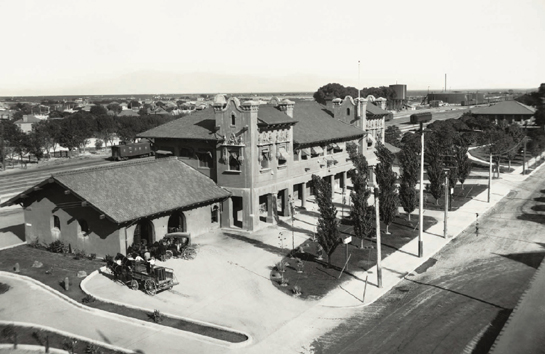
Tucson Southern Pacific Station in its early years.
T RAVELING IN S TYLE
We travel by plane, oftener than not, and yet the spirit of our country seems to have remained a country of railroads.
J OHN C HEEVER , B ULLET P ARK
T ransportation is civilization, Rudyard Kipling observed, and never was a statement more accurate or descriptive. From the invention of the wheel to the creation of sailing vessels, the speed of movement over land and sea has determined the nature of all civilizations, especially their ability to expand and grow. Up until the time of the invention of the first true railroad, at the beginning of the nineteenth century, the sailing ship pretty much determined the configuration, size, and nature of civilizations, and it especially governed the size and power of an empire from the end of the Middle Ages until the advent of the twentieth century, often called the American Century. Nothing made possible the American Century as did the power and speed brought to land travel by the steam locomotive in the middle years of the nineteenth century. Specifically, it made possible the continental configuration of the United States; by connecting the country from the Atlantic to the Pacific, the railroad made America the bridge between Asia and Europe and simultaneously freed both Asia and America from dependence on Europe: Europe was no longer the worlds fulcrum, and the Mediterranean was no longer the defining and delimiting sea in the middle of the earth, as its name implies. Without the invention and proliferation of its railroads, America as the powerful nation it became is inconceivable.
Even though American railroads did not do so via a seaborne route, they nevertheless made possible the reality of the Northwest Passage, the route traveling west from Europe that Columbus, and countless explorers before him, had been seeking when he discovered the New World in 1492. The only difference is that this terrestrial Northwest Passage, this Passage to India, as Walt Whitman described it, would involve portage across the continent of North America, a portage made practicable for travelers and freight only by the invention of the speedy and efficient steam locomotives. With only prairie schooners available for transport, as had been the case before the railroads, the American West would not have been settled so expeditiously, and would never have become, so quickly, the populous industrial and commercial powerhouse it has been for a century and a half. The railroads actualized the America that Thomas Jefferson visualized when in 1804 he sent Meriwether Lewis and William Clark to map the territory west of the Mississippi. With its resultant continental reach because of the railroads, America became bicoastal, spurring the accession of its powerful merchant fleet and navy, thus enabling it to establish a formidable presence, both militarily and commercially, on the worlds two largest oceans and to become, in very short order, the worlds foremost trading partner, manufacturer, free market, and financial center, by virtue of possessing the worlds largest economy.
Next page
